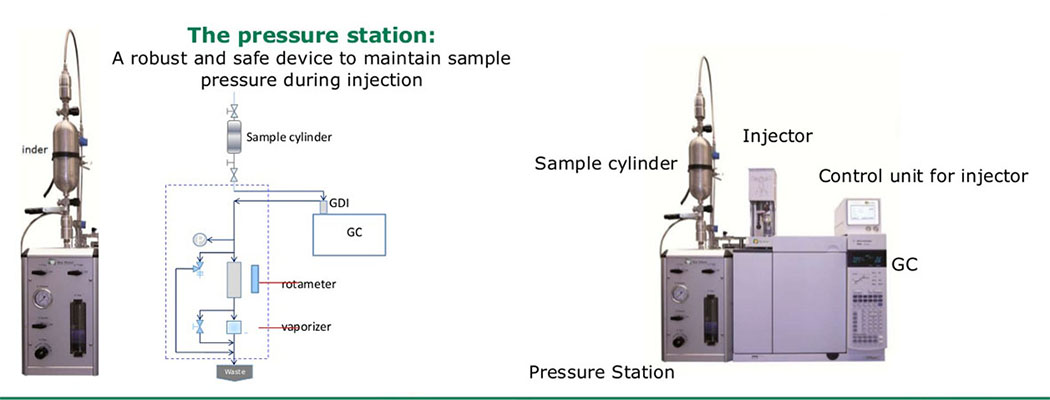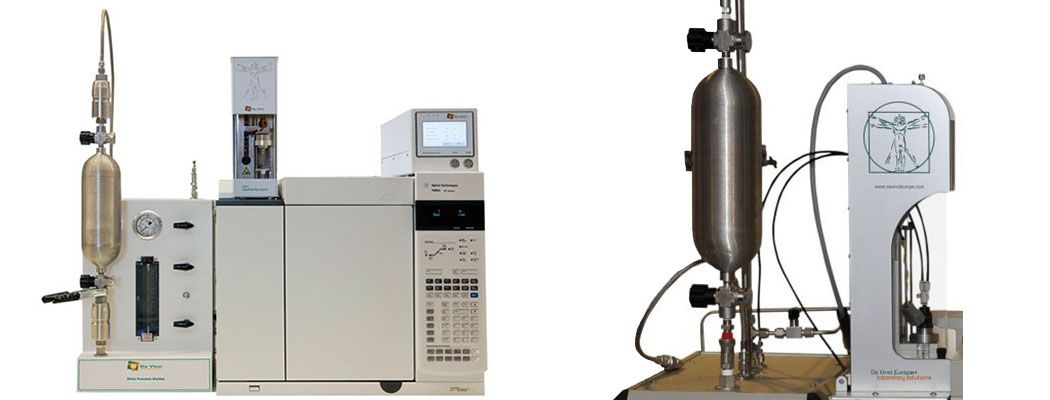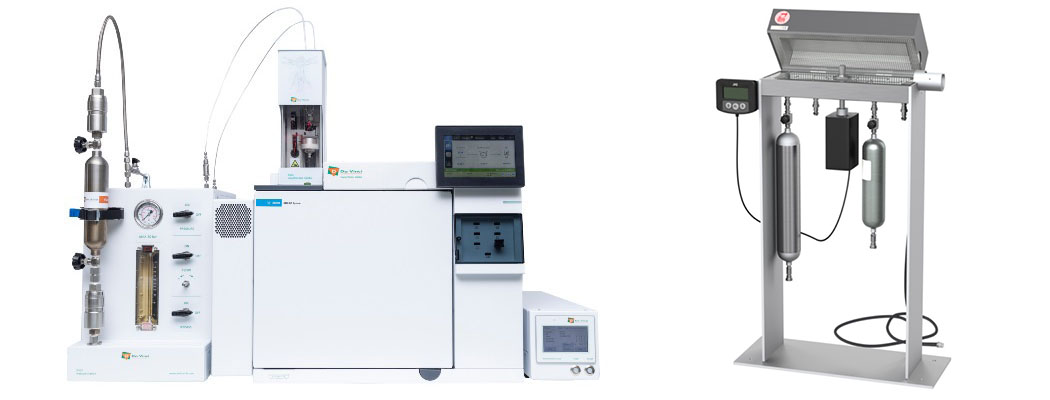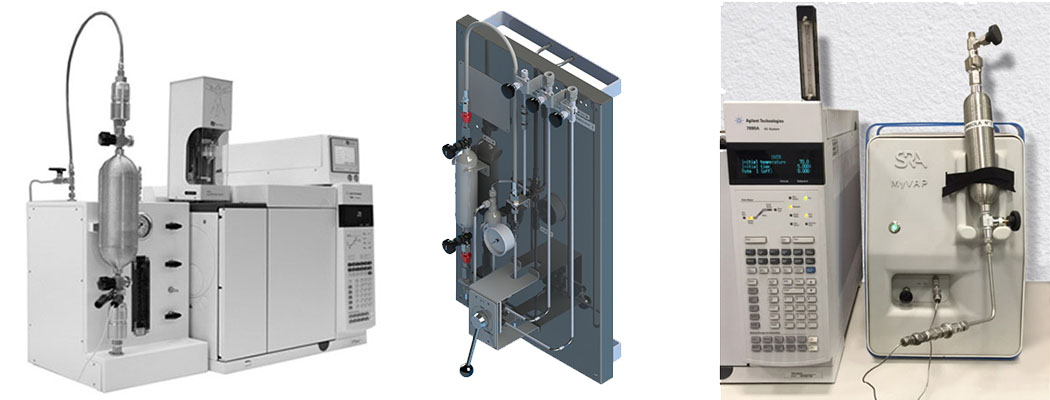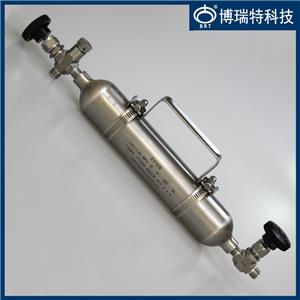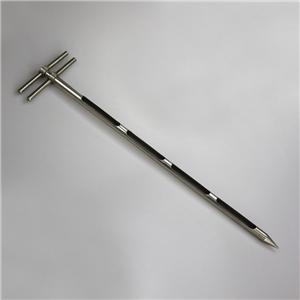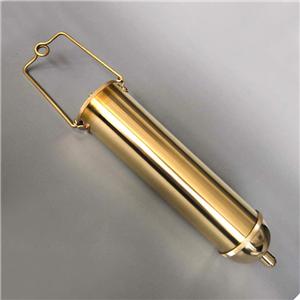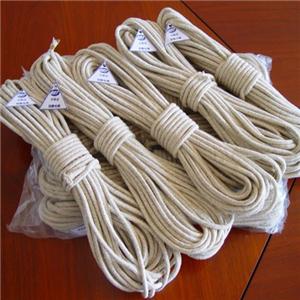- koti
- >
- uutiset
- >
- Company News
- >
- Laboratory GC Liquefied Gas Injector Cylinder
Laboratory GC Liquefied Gas Injector Cylinder
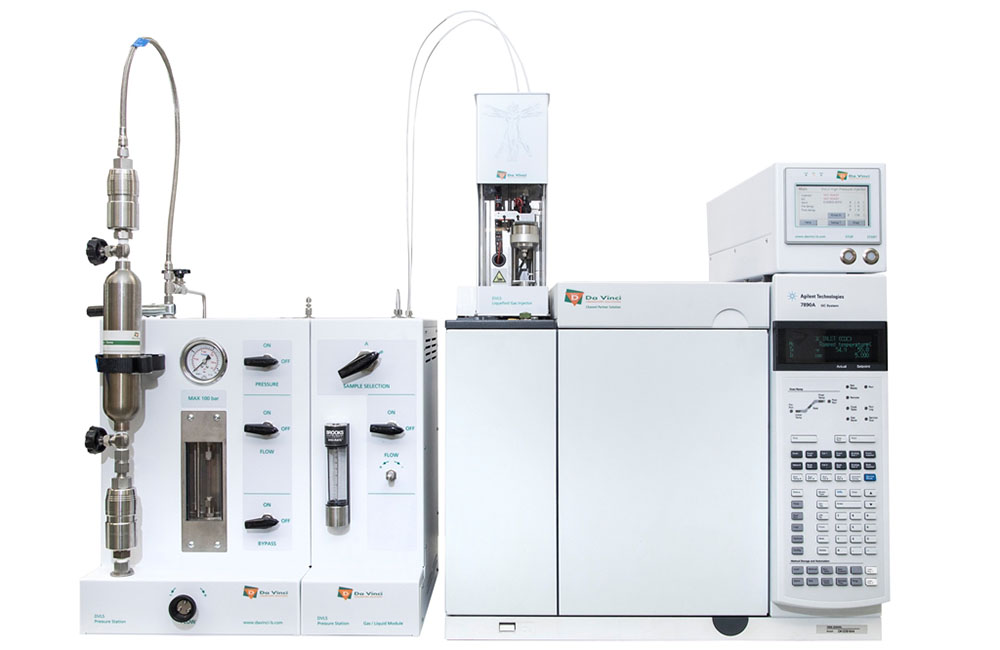
GC Liquefied Gas Injector Cylinder
LPG Sample Cylinders
Model BPY-G
Specification of the hydrocarbon composition of LPG is required as traces of hydrocarbon impurities in LPG can negatively effect the fuel quality and processing. The compound distribution data of the hydrocarbons can also be used to calculate properties including relative density, vapor pressure, and motor octane number. This application note describes the gas chromatographic analysis of the hydrocarbon composition of LPG using the BRT Liquefied Gas Injector (LGI).
Keywords:
-Liquefied Gas Injector (LGI)-Laboratory Solutions
-Sampling and Analysis of Liquefied Gases using the BRT Liquefied Gas Injector
-Setting the ASTM and EN Standards for Oily Residues Analysis in LPG by GC Petro Online
-Laboratory Solutions (BRT) Liquefied Gas Injector (ASTM D7756-13 & EN 16423) is used in Gas Chromatography laboratories
-The Liquefied Gas Injector: analyzing LPG and Butadiene contaminants
-Liquefied Gas Injector – Joint Analytical Systems
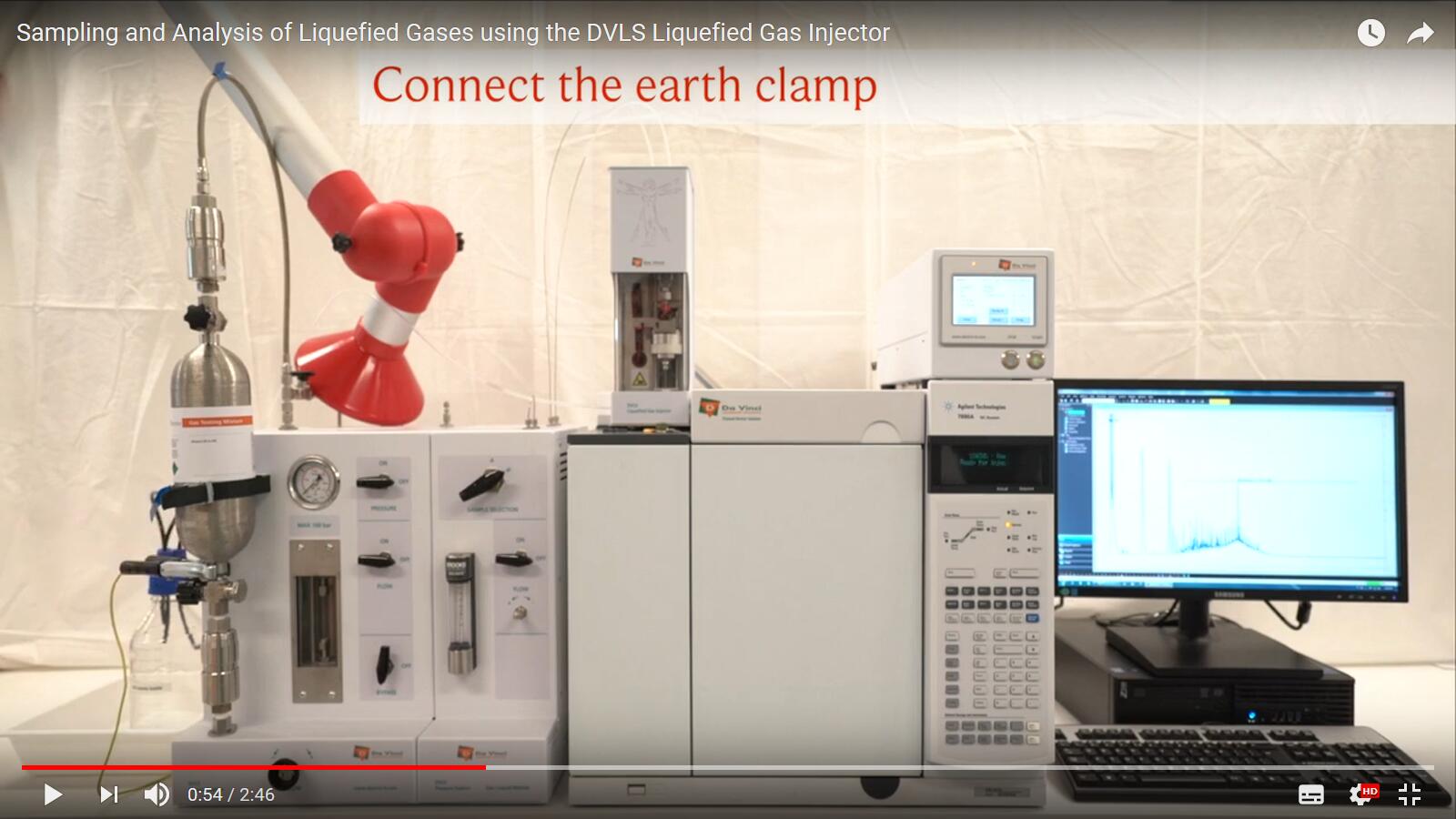
A Safe and Fast Solution for Accurate Quantification of Heavy Residues in LPG by Gas Chromatography
Representative Liquefied Gas Sample Introduction via High Pressure On-Column Injection into a Gas Chromatographic System
One of the specifications of commercial LPG is the amount of oily residue. Oily residue leads to troublesome deposits that will accumulate and corrode or plug the LPG fuel filter, the pressure regulators, the fuel mixer or the control solenoids. Currently ASTM D2158 or ISO 13757 are used. These methods main disadvantage is that large amounts of LPG need to be evaporated which is a safety risk. The preferred alternative technique is gas chromatography.
